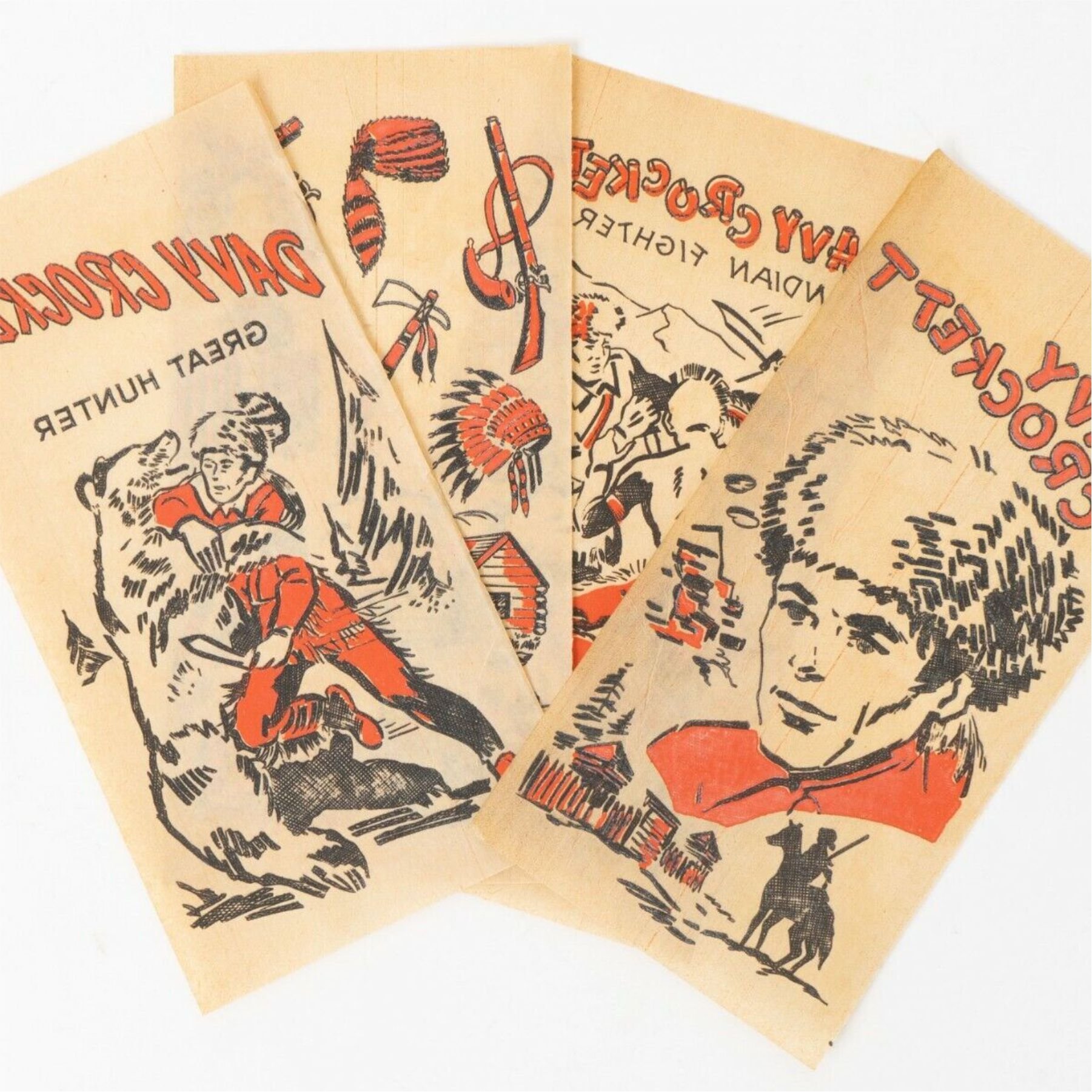The History of Heat Printing
Heat transfers have a relatively modern history compared to other printing methods like screen printing or letterpress. The process involves transferring a design or image onto a substrate (such as fabric, paper, or other materials) using heat and pressure. There’s a plethora of different transfer inks and methods now, including plastisol, digital and vinyl transfers, to choose from.
Early Development
Heat transfer printing techniques began to emerge in the late 19th and early 20th centuries. One of the earliest forms of heat transfer printing, however, dates back to the late 18th century and involved the use of heated metal plates or rollers to transfer ink onto paper or fabric. This method was used primarily for industrial purposes and was not widely adopted for personal or small-scale applications.
Pictured: Stanhope printing press. Photo from Wikipedia.
Pictured: Eastman Kodak Co. Heat Printing Press. Photo from eBay.
Mid-20th Century
The development of heat transfers for commercial and consumer use gained momentum in the mid-20th century. In the 1950s and 1960s, advancements in technology allowed for the creation of heat transfer decals and iron-on transfers. These were often used to apply designs or images to clothing, including T-shirts, as a form of DIY customization.
Pictured: Iron on transfers from the 1950’s. Photo from eBay.
1970s and 1980s
Heat transfers became increasingly popular in the fashion industry during the 1970s and 1980s. They were used to create intricate and colorful designs on clothing and accessories. This era saw the rise of heat transfer designs on everything from band T-shirts to athletic wear.
Pictured: Early model Insta Graphic Systems heat press. Photo from Insta.
Digital Printing
The advent of digital printing technology in the late 20th century brought significant advancements to heat transfer printing. Digital heat transfers allowed for greater flexibility in design and the ability to produce high-quality, full-color images. This technology made it possible to transfer photographic images and complex graphics onto various substrates.
Pictured: Inkjet photo transfer application from 2000’s.
Sublimation Printing
Sublimation printing, a type of heat transfer printing that uses heat-sensitive inks that turn into gas when heated, became popular in the late 20th century. Sublimation is commonly used for creating custom designs on polyester fabrics, ceramics, and other materials.
Modern Applications
Today, heat transfers are widely used for various applications, including custom apparel, promotional products, signage, and more. Heat press machines are available in various sizes and configurations, making it accessible to not only large commercial decorators, but also small businesses and hobbyists.
Pictured: Today’s digital options apply to a wide range of substrates.






